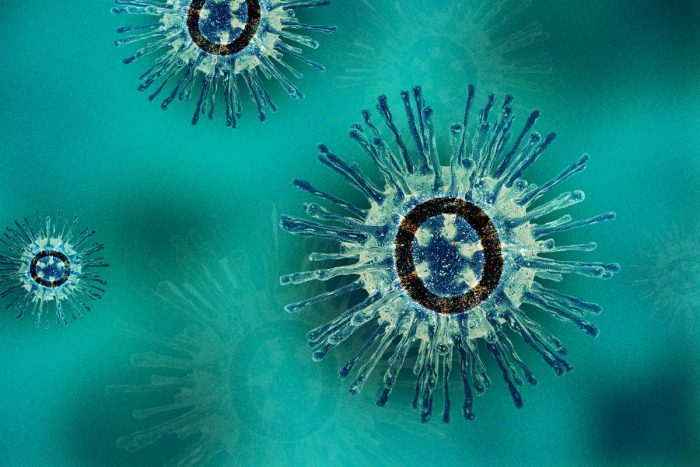It is unknown whether a person sickened by omicron is immune to the ‘stealth’ or BA.2 variant.
Those who thought that omicron could be the pandemic’s beginning or end are very wrong. As if it were a horror movie, the SARS-CoV-2 virus continues to mutate, and there is already a ‘new variant’ present in more than 40 countries which has set off the alerts of the World Health Organization (WHO).
We are talking about the mutation of the omicron variant baptized BA.2, also known as the ‘sneaky’ one, because its genetic traits make it a little more challenging to detect. Some scientists fear that it may also be more contagious and claim that much is still unknown, for example, whether it evades vaccines better or causes more severe diseases.
The first reports of this mutation came in December 2021, when British scientists found a “stealth” version of omicron, which could not be distinguished from other variants using PCR tests.
The researchers said it was too early to tell whether the new form of omicron will spread in the same way as the standard omicron variant. Still, they said that the BA.2 version is genetically distinct and may behave differently.
The discovery of the new form of omicron led researchers to split the B.1.1.529 lineage into standard omicron, known as BA.1, and the new variant, known as BA.2.
Where has it spread?
The ‘stealth’ or BA.2 variant is particularly prevalent in Asia and Europe. In Denmark, it accounted for 45% of all COVID-19 cases in mid-January, up from 20% in the previous two weeks, according to the Statens Serum Institut, which reports to the Danish Ministry of Health.
In the United States, 96 cases have been reported. In addition to several reports in the United Kingdom, India, Singapore, Australia, Canada, Israel, and 30 other nations.
Since November 2021, more than 5 thousand BA.2 genetic sequences have been submitted to the global GISAID platform, collecting SARS-CoV-2 sequences since the pandemic.
So far, this is what we know about the stealth or BA.2 variant of omicron:
The BA.2 version is genetically distinct and therefore may behave differently.
The original version, known as BA.1 and BA.2, are considered subgroups of omicron. However, global health experts may give it its Greek-lettered name is regarded as a “variant of concern” of global significance.
According to The Guardian, the finding of BA.2 occurred during the frenzy surge in coronavirus cases experienced in the U.K. late last year. The rapid spread of BA.2 in some places raises fears that it could take hold. Around the world, more than 5,000 cases of this omicron mutation have been identified, according to the GISAID initiative, which has been collecting SARS-CoV-2 sequences since the start of the pandemic.
Doctors advise the same precautions: get vaccinated and follow the recommendations of public health authorities on the use of masks, avoid crowds and stay home if you are sick.“Vaccines still offer a good defense against severe illness, hospitalization, and death,” says Wesley Long, M.D., a pathologist at Houston Methodist Hospital in Texas. “Even if you had COVID-19 before, the vaccine protection is still stronger, longer-lasting, and works well for people who have been previously infected.”
TYT Newsroom



